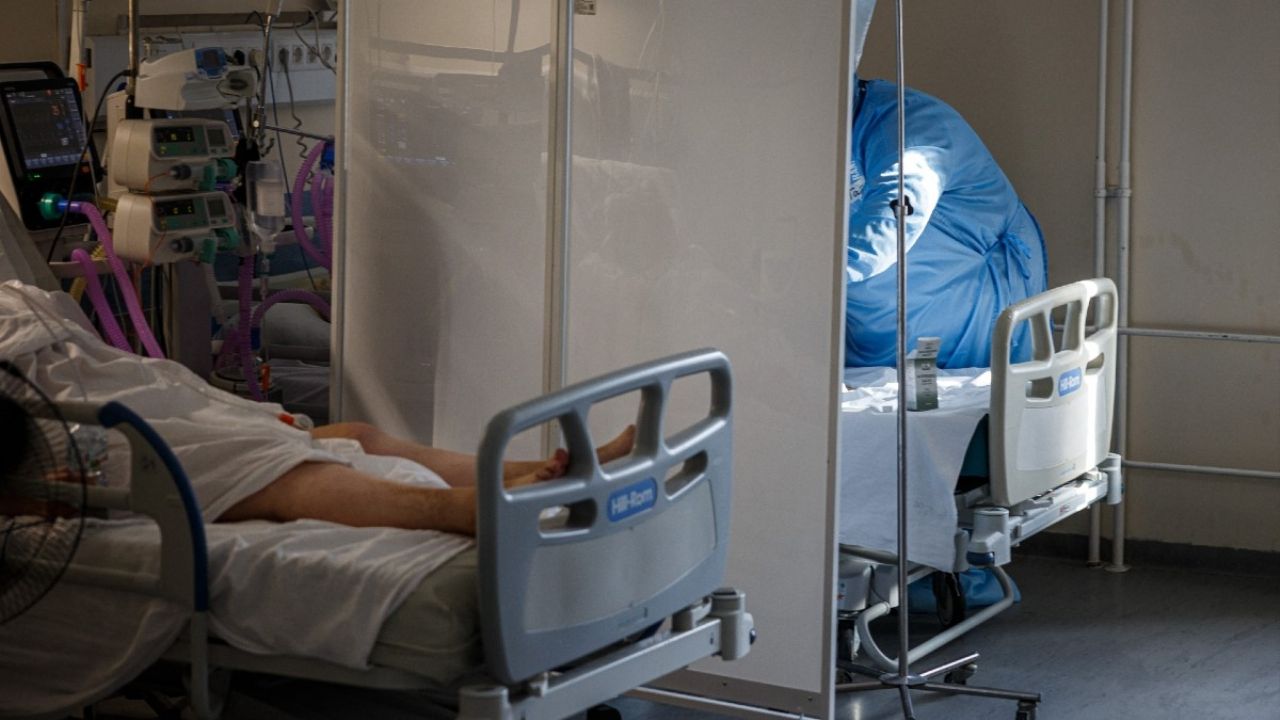
An international scientific team has identified genetic patterns that can help explain why some people youths and healthy develop severe cases or life threatening Covid-19.
The research is published in the journal Science Translational Medicine and its authors recall that the Covid-19 it has claimed a huge toll around the world, but many of the molecular factors behind the disease remain a mystery; “The true mediators of it continue to be elusive.”
For example, the scientific community is still investigating why some patients develop lung failure and require ventilation and intensive care, while others show only mild or asymptomatic disease.
The most vulnerable patients are often the elderly and those with comorbidities such as diabetes and cancer, and this insight has guided the deployment and distribution of the vaccines all over the world.
However, critical cases can appear, even in older adults. youths without comorbidities that are apparently indistinguishable from their peers.
Analysis of 72 patients with Covid-19
To understand why, Raphael Carapito, from the University of Strasbourg (France), and his colleagues used multimic analysis – simultaneous detection of variations in genes and protein expression – combined with artificial intelligence in a cohort of 72 French patients. under 50 years of age, who were hospitalized with Covid-19 and that they had no known comorbidities.
The researchers analyzed plasma samples from 47 patients with Covid-19 review who required mechanical ventilation in the intensive care unit, 25 patients with non-critical illness and 22 healthy individuals. Those with critical illness showed worse inflammation, more clotting, and a significant spike in the activity of five genes.
Signature genetics most prominently linked to the Covid-19 critical it was a higher expression of the ADAM9 gene, a signature that was validated in a second independent cohort of 81 critical cases and 73 recovered cases.
The researchers also found that the silencing of ADAM9 in human lung epithelial cells infected with SARS-CoV-2 slowed the replication of the coronavirus, suggesting that the gene should be further studied as a possible therapeutic target.
“By offering insight into an important unanswered question in the ongoing pandemic, the findings of this study of 72 patients could serve as the basis for the investigation of new strategies for diagnosis, prognosis and treatment of the disease,” he summarizes for his part. Magazine.
With information from EFE